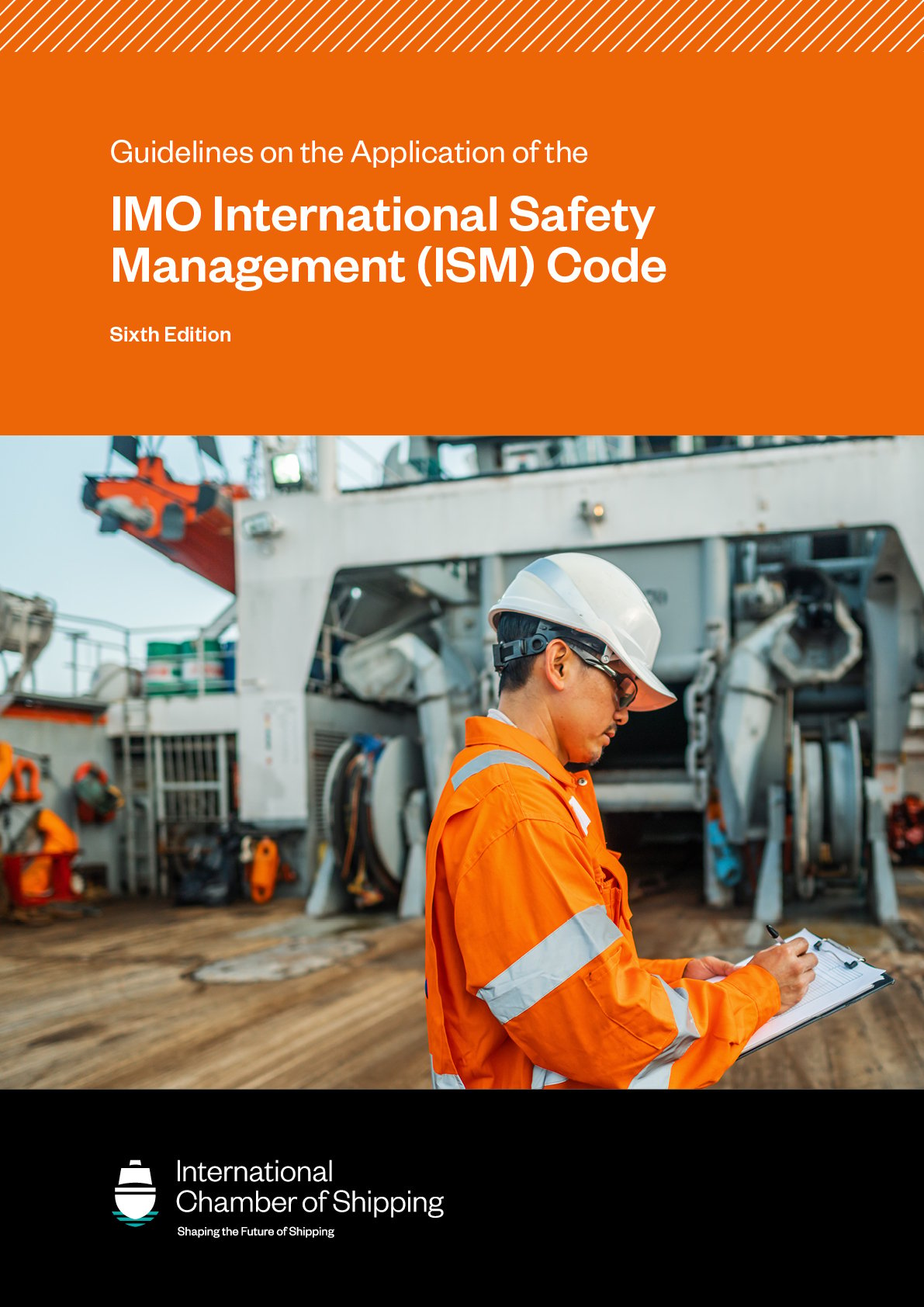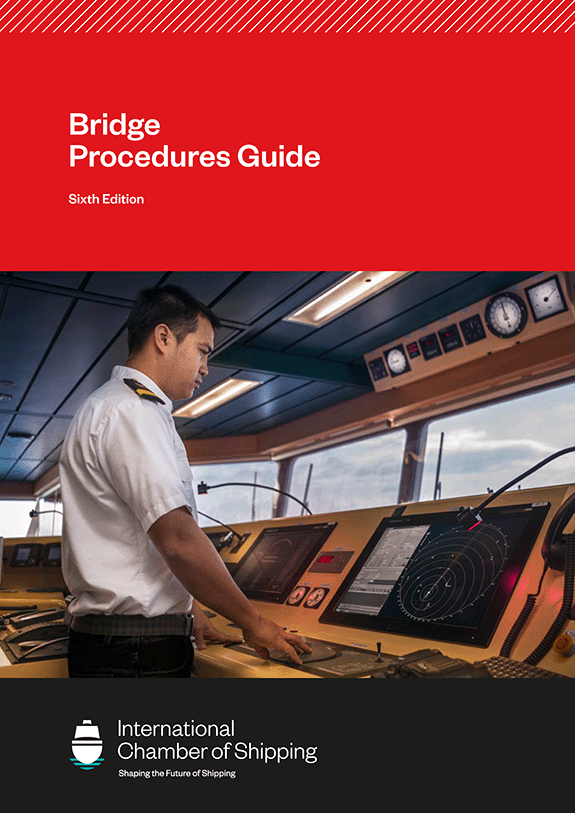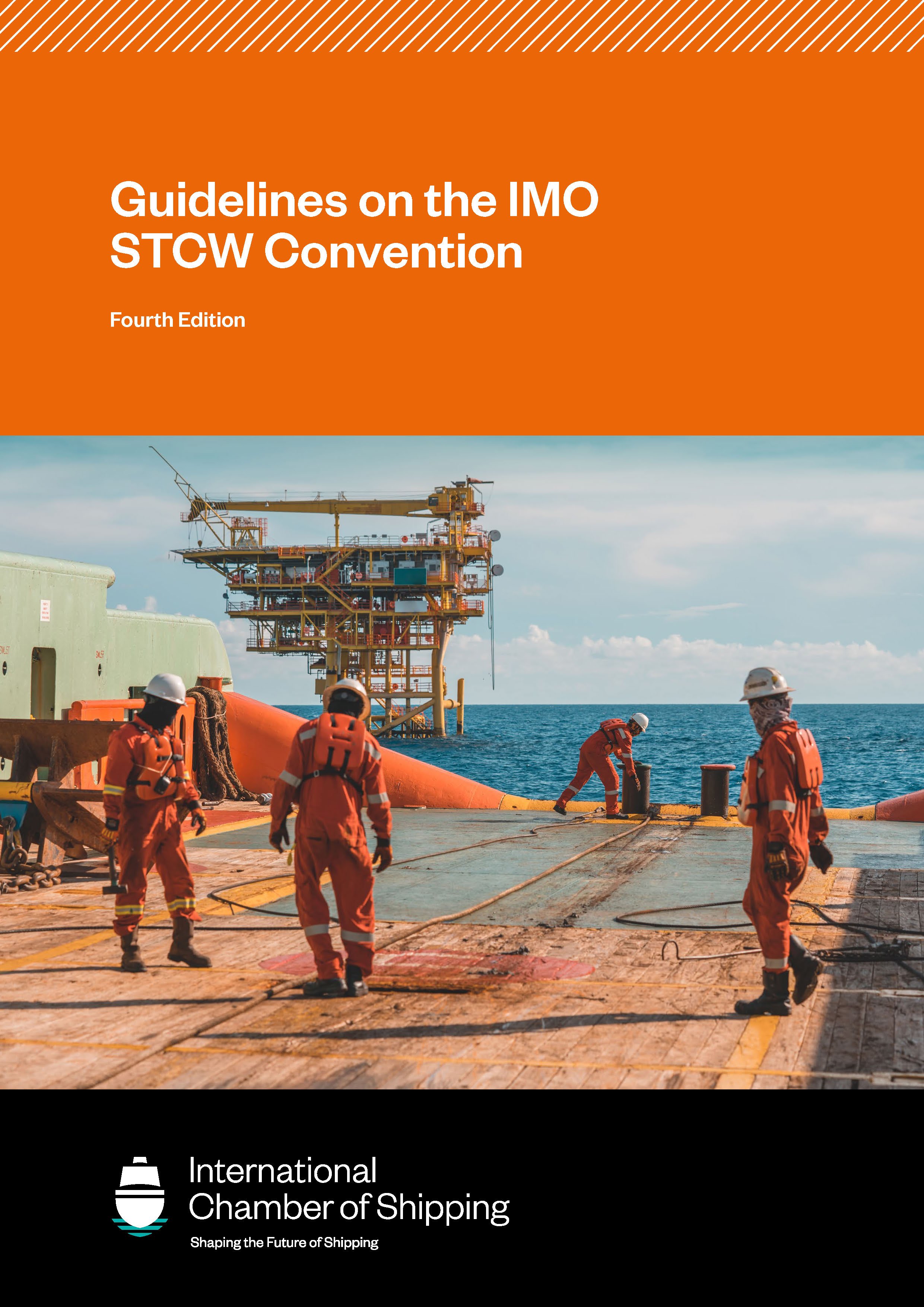Stock coming soon
Guidelines on the Application of the IMO International Safety Management (ISM) Code
£ 170
The International Safety Management (ISM) Code is a key mandatory requirement for merchant ships, and the safety management system (SMS) is a critical mechanism for ensuring safe and environmentally responsible operations on board ships. ISM-related deficiencies are in the top three most-reported deficiencies by port state control authorities globally.
The ICS Guidelines on the Application of the IMO International Safety Management (ISM) Code helps shipping companies comply with the code and provides practical guidance for designated persons ashore (DPAs) and crew to develop, implement and maintain an effective, user-friendly SMS.
The sixth edition adds a brand new chapter on internal audits, to assist companies with ongoing compliance, reduce delays at port and stay on top of continuous improvement goals. Packed with helpful tools and tips from some of the world’s leading shipping companies, it includes an enhanced toolkit of checklists for familiarising crew, writing procedures and checklists, and conducting internal audits, with templates for standard operating procedures and questions to assist the internal auditor during interviews of shore and ship based personnel.
It is strongly recommended that a copy is in every shipping company office and carried on board every ship worldwide. This includes shipping company executives, DPAs, masters and all other personnel – shipboard and shore-based – with ISM-related responsibilities. The sixth edition replaces and supersedes the Guidelines on the Application of the IMO International Safety Management (ISM) Code, Fifth Edition.
Additional Information
| Author | International Chamber of Shipping |
| Publisher | International Chamber of Shipping Publications |
| Edition | Sixth Edition |
| Publication month | 2024 - May |
| ISBN | 978-1-913997-58-8 |
| Shipping Weight | 1.400Kg |
Resources
Contents
Contents |
Foreword
More than 25 years have passed since compliance with the International Maritime Organization’s (IMO) International Management Code for the Safe Operation of Ships and for Pollution Prevention (ISM Code) first became mandatory for shipping companies operating most types of merchant ship. This latest edition of the International Chamber of Shipping’s (ICS) Guidelines on the Application of the IMO International Safety Management (ISM) Code contains new guidance that draws on the industry’s experience of putting into practice the Code’s provisions since 1998. It has been extensively reviewed by designated persons ashore (DPAs) from both smaller and larger companies to ensure that the guidance is relevant to all operators. The publication aims to help shipping companies operating ships in all sectors and trades develop, implement, maintain and improve their ISM Code-mandated safety management system (SMS), and to support the continuous improvement of the safety and environmental management skills of their shore-based and shipboard personnel. The SMS provides an essential and flexible framework for delivering safe, secure, efficient and environmentally sound ship operations, and for coping with and managing the ever-growing body of international, regional, national and other requirements that affect ship operations. Given that the industry is now familiar with the ISM Code and its requirements, the focus for this latest edition is to provide more guidance on the practical implementation and continuous improvement of the SMS. It does not set out or suggest that there is only one way to develop, implement, maintain or improve an SMS. With much of the ISM Code’s focus being on safety management, it can be easy to overlook the fact that the ISM Code is equally concerned about the environment, specifically pollution prevention. As well as improving the safety of ship operations, an important function of the SMS is to organise and manage the company’s efforts to prevent pollution from its ships, particularly through compliance with relevant environmental rules and regulations. The sixth edition includes new and updated guidance to help shipping companies fulfil their safety and environmental obligations, including:
|

.png)


.jpg)

